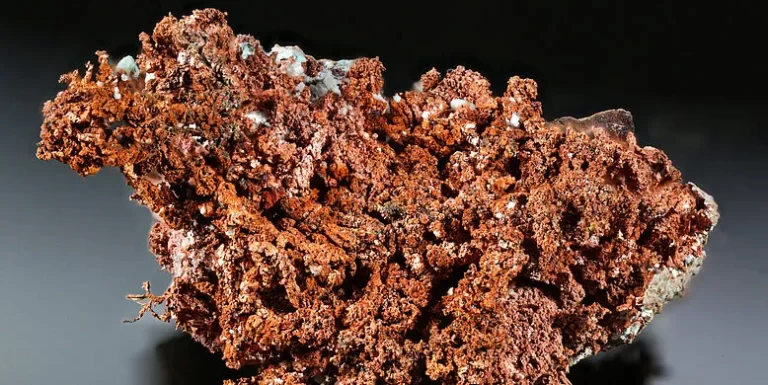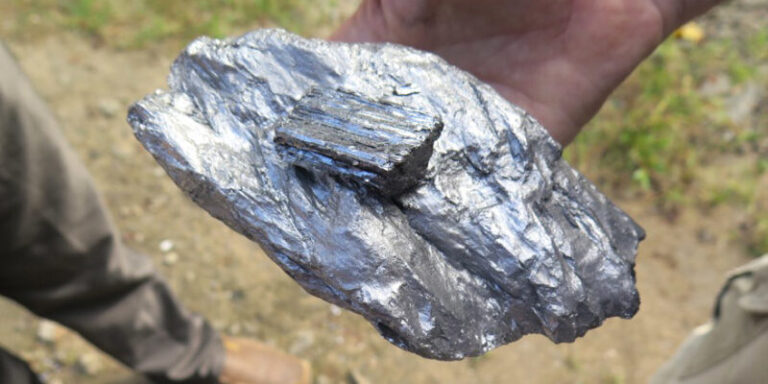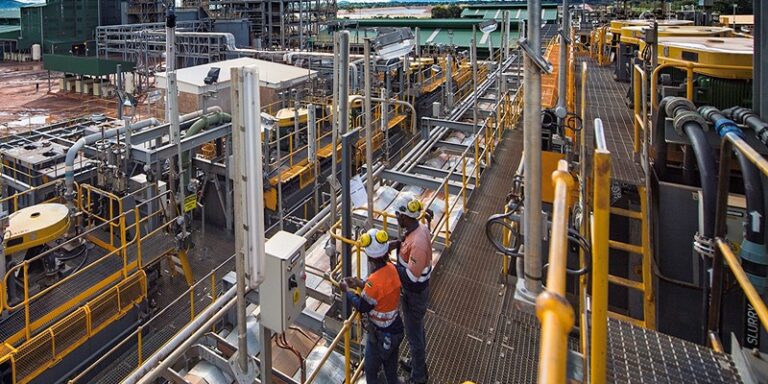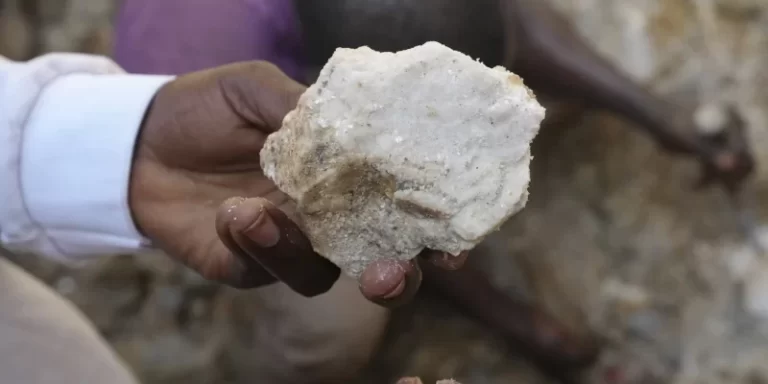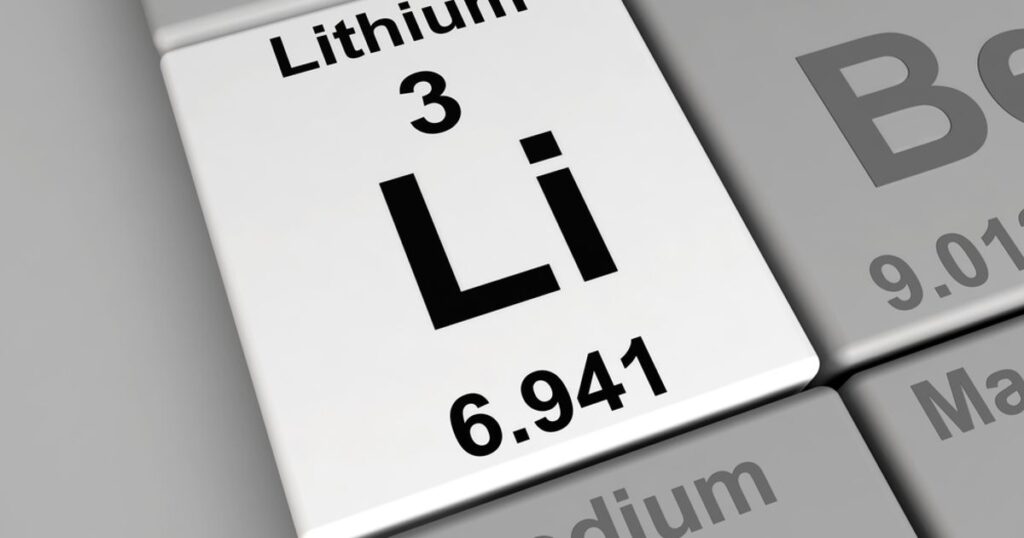
While the DRC has some of the best lithium resources in the world, it has, as yet, no formal large-scale lithium production.
This situation is likely to change within the next two years as Canadian junior Tantalex Lithium Resources is now well advanced with its plans to produce lithium – and some tin and tantalum – from its primary asset, the Manono tailings dumps in the DRC.
Tantalex’s CEO, ERIC ALLARD, recently updated Contributing Editor ARTHUR TASSELL on the progress being made on the project, which could be commissioned by early 2025.
The Manono dumps, located close to the town of Manono in the DRC’s Tanganyika Province, are a legacy of more than 60 years of mining at the Manono site.
The Manono-Kitotolo mine operated from 2019 through to the mid-1980s, producing over this period an estimated 140 000 to 180 000 tonnes of tin and 4 500 tonnes of coltan concentrate.
The lithium in the ore mined was not recovered as it was not considered a valuable product over these years.
The resource is contained within 11 tailings dumps spanning a length of 12 km in a south-west to north-east direction.
The lithium mineralization is primarily hosted in spodumene while the tin mineralization is hosted in cassiterite and the tantalum in tantalite.
The tailings were deposited on ground adjacent to the various open pits. The coarse tailings were deposited into raised heaps that reach up to 70 m above surface in some dumps while the fine tailings material was deposited into flat terraces adjacent to the coarse tailings dumps.
Tantalex Lithium, which was founded in 2013 and is listed on the Canadian Securities Exchange, the Frankfurt Stock Exchange and the OTCQB Venture Market in the US, currently holds a 52% stake in the joint venture – known as MINOCOM Mining– which holds the Manono tailings exploitation licence (PER13698).
Its partners are state-owned mining company COMINIERE SAS and Congolese company MINOR SARL, which respectively hold 30% and 18% of the project.
Allard, a French-Canadian geological engineer, has been President and CEO of Tantalex Lithium since 2019, after previously working as a consultant to the company.
Partially brought up in Africa, he has wide experience of working not only in the DRC but also the Republic of Congo and Ethiopia.
“The Manono Lithium Tailings project is highly attractive,” he says. “The distinguishing feature is speed to market compared to its peers since the material we will exploit has already been mined and the process route is likely to be very straightforward, incorporating standard and well understood technologies and equipment.
“We are actively working on a PEA to be followed by further studies and are aiming for production in early 2025, which will very likely make us the DRC’s first formal lithium producer.”
He adds that he does not foresee any problems in financing the project. “The lithium price has come off in recent months but is still in record territory.
“Moreover, the outlook for the metal remains very positive over the medium-to longer-term. It has been estimated that to meet the needs of the battery storage and EV industry, the world is going to need roughly five new mines a year over the next few years.
‘This puts us in a great position and our project is already attracting attention from potential investors and offtakers even though our PEA is not yet out.”
A sizable resource
A big step forward for the project was the release in December last year of a maiden MRE prepared by South Africa’s MSA Group.
According to the MRE, the project has 5.46 Mt at 0.72% Li2O in the measured and indicated categories and 6.63 Mt in the inferred category at a grade of 0.49% Li2O.
The MRE is based on geochemical analyses of samples obtained by air-core drilling undertaken by Tantalex Lithium from September 2021 to July 2022.
In all, 368 holes were drilled for a total of 11 922 m of drilling, the majority of them being collared in what is known as the K dump (which has a 700 x 630 m footprint and a maximum depth of 24 m), which contains stacked tailings.
“The resource we have is very sizeable for a tailings project and definitely has scope to grow as it is based on just five of the 11 dumps we have,” Allard says.
The fact that a sizeable part of the resource is in the inferred category is a result of the geometry of the dumps, in particular the angle of repose of the stacked tailings.
“Drilling on the slopes was not possible so we have had to class much of the material in the slopes as inferred,” he explains. “We are looking at ways and means of getting this material into the indicated or measured categories.”
Tantalex is currently well advanced with the PEA. This is being undertaken by NovoPro of Montreal, Canada and the results are expected shortly.
It will be followed almost immediately by a PFS, which is targeted for completion by late this year. Already some of the work streams that will feed into the PFS, such as the ESIA, road surveys, and further metallurgical work, are in progress.
“We are currently undertaking further metallurgical test work to finalise the conceptual flowsheet and to determine what additional technologies can be deployed to ensure that we extract maximum value from the tailings,” says Allard.
Potential for further development
While the mining operation and the process plant will be straightforward, the logistics of the project are more challenging, given that Manono is located about 480 km north of Lubumbashi. “The distance by road is over 600 km and the road, at least in parts, is in poor condition,” he notes.
“Having said this, we have brought in some trial loads using 22-tonne trucks, which will be sufficient to bring in all the modules of the proposed plant when we reach the construction stage.
“We’re currently surveying the road, in close cooperation with the relevant authorities, to establish which sections will need rehabilitation and which bridges might need strengthening.”
While the tailings project is currently Tantalex’s flagship, a second project it has in the Manono area offers ‘blue sky’ for the longer term. This is its Pegmatite Exploration Corridor (PEC), a 25 km long, 5 km wide corridor which has been defined by an aeromagnetic survey. Two 4 x 2 km radiometric anomalies are located at the north-east and south-west ends of the corridor, indicating the presence of pegmatites below a shallow cover.
The PEC ground is located south-west and down strike of the Dathcom Mining JORC-compliant 400 Mt Roche Dure resource, grading 1.65% Li2O, 715 ppm Sn and 34 ppm Ta, which is regarded as one of the biggest undeveloped hard-rock lithium resources in the world.
Australian company AVZ, which is a major shareholder in Dathcom Mining, has completed a DFS demonstrating Roche Dure’s ability to produce 700 ktpa of high grade SC6 lithium.
“Depending on exploration success, we could end up transitioning from being a company primarily dependent on the recycling of tailings to a hard-rock lithium miner,” says Allard.
“Certainly, we believe we’re in the right neck of the woods for a discovery. Our exploration is in its early phases but we’re now going to start ramping up our activity on the PEC.
We have a total of 20 000 km of RC and diamond drilling planned over the next few months at drill targets identified from aeromagnetics and radiometric surveys.”
Apart from the Manono tailings and the PEC, Tantalex has a third asset in the Manono area – the TiTan project held by United Cominiere SAS, which is a joint venture between Tantalex (with a 70 % interest) and Cominiere SAS (with 30 %). TiTan will exploit an alluvial coltan and cassiterite resource in an ancient riverbed located about 30 km south-west of the town of Manono and just south of the PEC. The coltan and cassiterite is found in gravel layers 1 to 2 m thick under approximately 5-7 m of overburden.
The mining method will be conventional strip mining in an upstream direction (north to south) across the old river channel to minimise the influence of water when the mineral-rich gravel is excavated.
The overburden of each strip will be backfilled into the previously mined-out strip, rehabilitating the mined-out areas as mining proceeds. The gravels will be treated in a 130 t/h modular plant which has already been delivered to Manono and trial tested.
Earthworks have been completed with foundation work ongoing and 70% of the plant already arrived on site from Manono.
The facility – said to be the most modern alluvial plant in the DRC – will be commissioning within the next few weeks and should be in production by May this year.
Finally, and assessing Tantalex’s prospects, Allard says the company has a very bright future “With TiTan close to commissioning and the Manono Tailings project at an advanced stage, we’re well on our way to transitioning from being a junior explorer to a producer,” he states.
“We believe that Tantalex has great combination of near-term producing assets and Greenfields exploration opportunities and is well positioned to become as an important player in the DRC’s mining sector.”
SOURCE:miningreview.com


